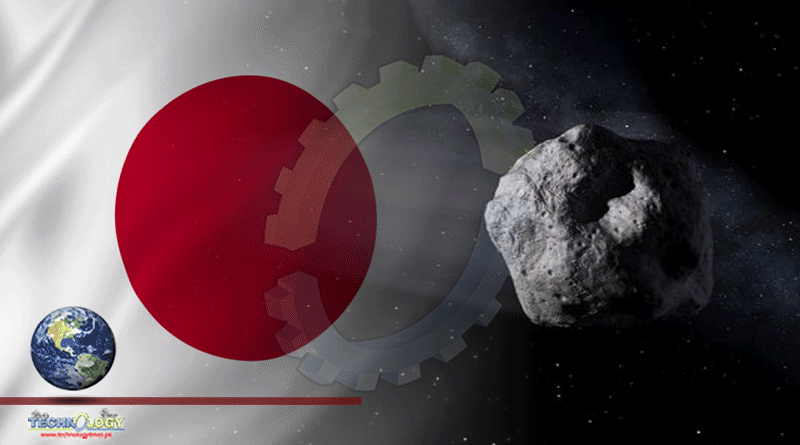Japan’s Hayabusa2 About To Deliver A Precious Sample Of Asteroid Dust To Earth This Weekend & You Can Watch Event Live

Japan’s Hayabusa2 spacecraft is about to deliver a precious sample of asteroid dust to Earth this weekend and you can watch the event live. The mission will swing by our planet to drop off a capsule full of regolith from asteroid Ryugu, before departing to visit another asteroid in 2031 on its newly extended mission.
The Japan Aerospace Exploration Agency (JAXA) will broadcast two key events overnight tonight and Saturday (Dec. 4-5) during which you can watch the return capsule make its way to the ground. You’ll be able to watch the webcasts here and on the Space.com homepage, courtesy of JAXA, as well as on the space agency’s YouTube. The first event is return capsule’s separation from the main Hayabusa2 spacecraft, which will take place at 11:30 p.m. EST tonight (0430 GMT Saturday,
The capsule will then reenter the Earth’s atmosphere en route to its landing in Woomera in southern Australia, the same region in which predecessor mission Hayabusa delivered its asteroid sample in 2010. The reentry of Hayabusa2’s capsule will also be broadcast live on YouTube and coverage will start Saturday, Dec. 5, at 12 p.m. EST (1700 GMT). You can watch live at Space.com as well.
If the landing goes to plan, science teams around the world will analyze the sample from Ryugu to learn more about the early solar system. Asteroids like Ryugu formed while our solar system was still young, and these asteroids give us insight into the composition of our neighborhood before planets and moons grew to their current size.
NASA also has an asteroid sample return underway. The Origins, Spectral Interpretation, Resource Identification, Security, Regolith Explorer (OSIRIS-REx) mission picked up even more regolith than expected at its asteroid, called Bennu. The spacecraft stowed the sample safely in October and is expected to return that to Earth in 2023.
This news was originally published at Space
